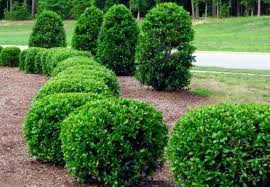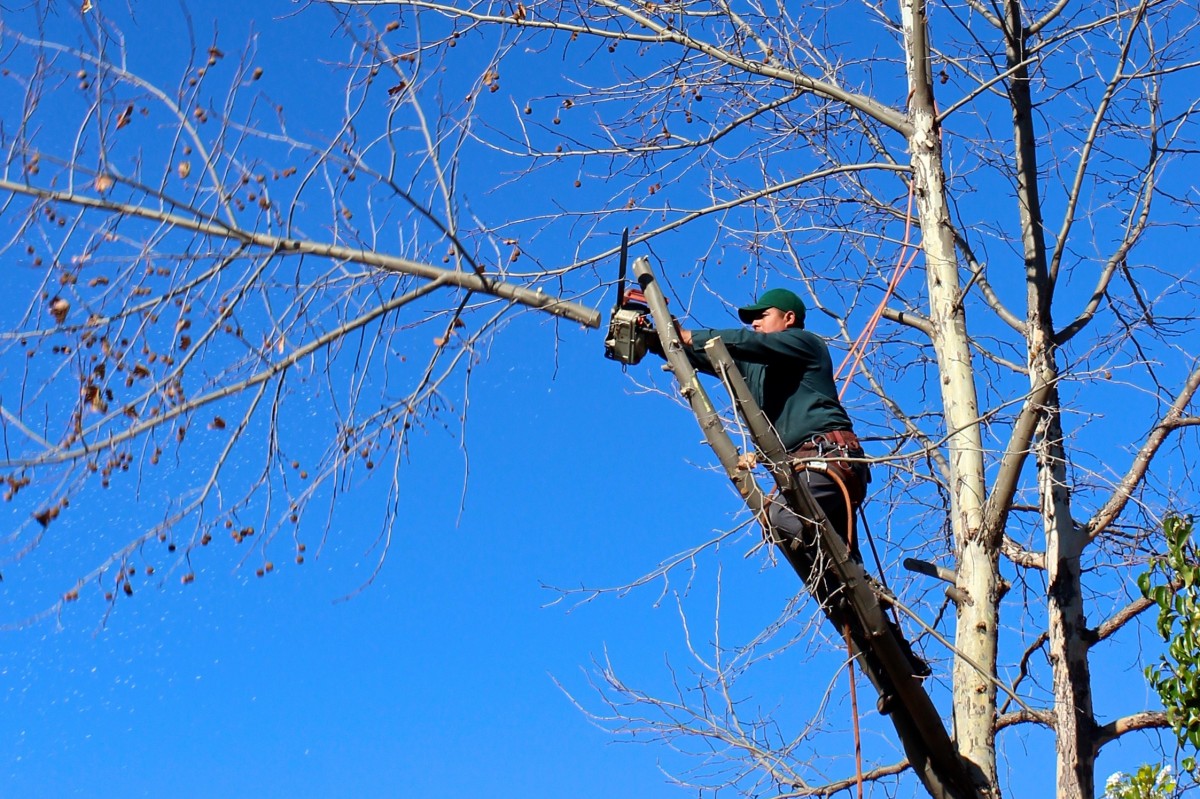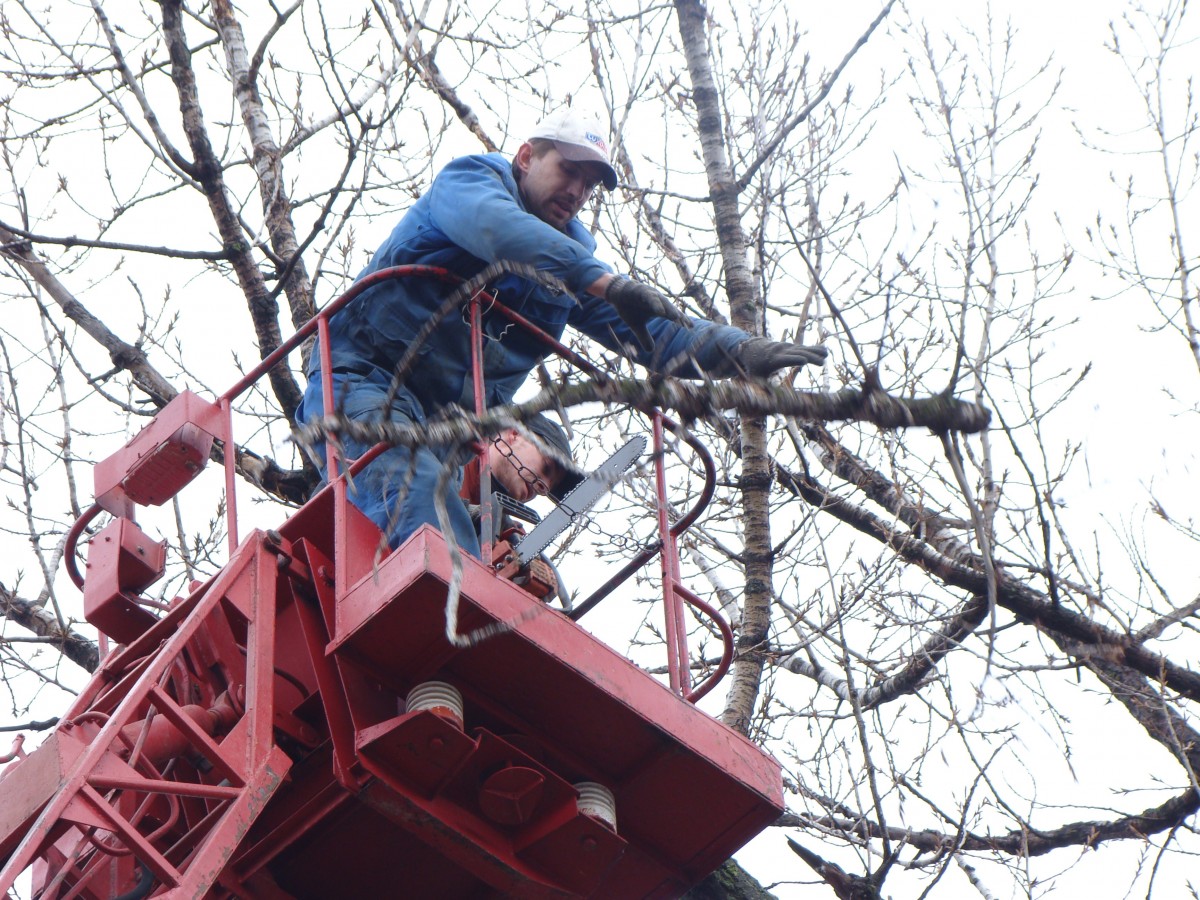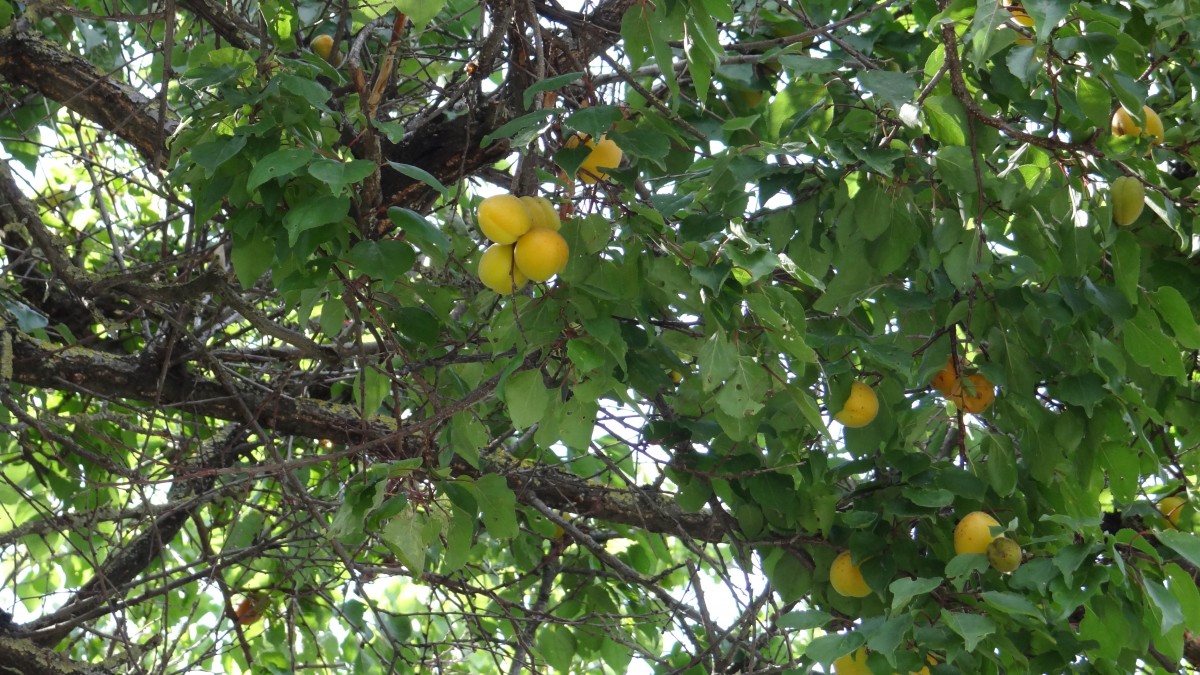Shrubs make the yard inviting and livable. You’ve probably noticed that builders always plant a few shrubs around newly constructed homes. There may be no trees or grass, but there are almost always shrubs.
Shrubs, with their deciduous or evergreen foliage, are enormously decorative and highly useful. Like trees, evergreen shrubs may have broadleaf or needled foliage and can offer colorful berries or cones, interesting bark, and lovely flowers. Even in winter, their leafless, contorted trunks and interesting architecture enhance the landscape. Their size provides a pleasant transition between tall trees and groundcover plantings, softening the edges of boundaries, foundations, buildings, and walls. They also protect the soil, supporting and sheltering all kinds of wildlife.

Types of Shrubs and Their Uses
Use shrubs to accent pools, patios, and dooryards. Or plant thorny varieties to redirect children and animals using your yard for shortcuts.
Conifers are generating renewed interest. These cone-bearing, needled evergreens are available in dwarf forms—more suitable scale for today’s smaller properties. They offer an amazing array of foliage color—soft blue, variegations in yellow or cream with green, as well as the traditional green. Whatever the colors, they really stand out in a winter landscape. Conifers also come in many forms—weeping, prostrate, and topiary, in addition to the usual upright configuration.
Native shrubs are also enjoying long-overdue attention. Because they have existed in the same region long before European settlers arrived, and have adapted to local climate and soil conditions. Unfortunately, Americans temporarily lost interest in them, while other countries happily adopted them. But now we’re recognizing their many low-maintenance virtues. They don’t require extra watering and tend to resist pest insects and disease. And they’re big favorites of local wildlife.

Weather
In many areas of the country, rainfall is never generous. And it’s becoming less dependable in many other areas, too. If you live where water is likely to be restricted, choose shrubs that don’t require much water. Some examples are olive, butterfly bush, potentilla, and barberry.
Avoiding Deer Damage
Deer can damage shrubs by nibbling their twigs, fruit, and foliage. Homeowners across the country are searching for ornamental shrubs that deer will ignore. Lists vary by region—even by neighborhood—but certain types of plants appear on many of them. Consider shrubs with thorns or prickers, resinous wood, aromatic foliage, and silver or gray fuzzy leaves.
For any tree services, contact K-W Tree Expert Co. They have more than 30 years of experience and are trained to equipped to provide proper tree care. The company also offers a wide range of services that concerns all aspects of tree, ground, and shrub care.



